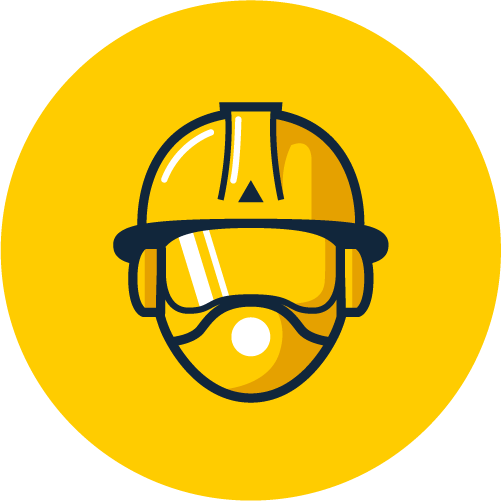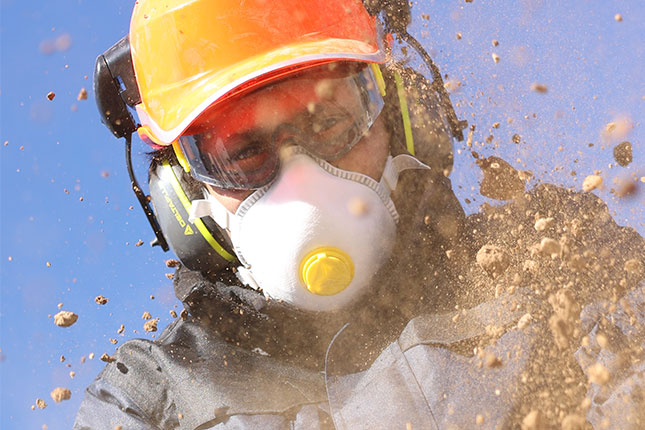
Los EPI son cruciales en las obras, y proteger la cabeza es una prioridad. Descubra todos nuestros modelos de protección de la cabeza en Delta Plus.


Los EPI son cruciales en las obras, y proteger la cabeza es una prioridad. Descubra todos nuestros modelos de protección de la cabeza en Delta Plus.

In numerous professional and hazardous settings, the importance of head protection can't be overstated. This crucial aspect of safety is not only a matter of occupational health but also a matter of personal wellbeing. Your head houses essential organs, including the brain and eyes - the command centre of your body. Any damage inflicted can result in severe, often irreversible, consequences, impairing senses, and even leading to life-threatening injuries.
The necessity for head protection becomes more acute in environments like construction sites, manufacturing units, and utility services, where potential hazards like falling objects, flying debris, and accidental impact are commonplace. Furthermore, specific job roles such as welding or tasks involving exposure to harmful substances demand adequate headgear for protection against sparks, heat, chemical splashes, and hazardous airborne particles.
The necessity for robust head protection extends beyond mere compliance with safety standards such as those set by OSHA. It is about safeguarding workers, ensuring their safety, and promoting a healthy working environment. Therefore, head protection becomes an integral component of personal protective equipment (PPE).
Diverse types of head protection gear are available, each tailored to protect against specific risks and job requirements. Recognizing the right protective gear for a task ensures optimal protection and compliance with safety standards.
Among the essential elements of head protection are safety glasses. They provide a vital barrier against numerous risks, such as flying debris, chemical splashes, dust, and harmful ultraviolet radiation. The safety eyewear comes in different forms, from safety glasses and goggles to full-face visors, each offering a different degree of face protection based on the exposure risk.
Hard hats, or safety helmets, are vital for protecting against falling objects and accidental impact. These helmets, made with a sturdy shell and a shock-absorbing lining, are the first line of defense in high-risk environments. Variants include helmets with a brim for sun protection, reflective hard hats for better visibility in low-light conditions, and vented hard hats for improved comfort and ventilation.
In environments where noise levels can pose a risk, earmuffs and earplugs become an essential part of head protection. They help to reduce the intensity of sound reaching the eardrum, helping to prevent noise-induced hearing loss and tinnitus.
Respiratory protective equipment such as respirators, masks, and disposable face covers become indispensable in environments with airborne contaminants. These tools filter out harmful particles, gases, or vapors, ensuring the wearer breathes in clean, safe air. The options range from simple dust masks to full-face respirators, depending on the hazard level.
Understanding these various types of head protection is crucial in selecting the right gear for your specific needs.
Selecting the appropriate head protection is a process that involves understanding the risks associated with a particular task or environment, and the level of protection needed to mitigate these hazards effectively. Here's a guide to help you make an informed choice:
Evaluate the hazards: The first step is to evaluate the risks present in the working environment. This could be falling or flying objects, potential for head bumps, harmful airborne particulates, or exposure to harmful noise levels. An effective hazard assessment can be instrumental in determining what type of headgear is necessary.
Understand the regulations: Ensure you're aware of all the relevant safety regulations in your industry, including those set by bodies like OSHA. Compliance with these standards is not only mandatory but also guarantees a certain level of safety and protection.
Choose the right type of gear: Depending on the hazards identified, select the appropriate type of head protection. This could range from safety helmets or hard hats for impact protection, safety glasses or goggles for eye protection, earplugs or earmuffs for hearing protection, or respirators for respiratory protection.
Check the fit: It's crucial that the headgear fits the wearer correctly. A well-fitting helmet will stay in place even when the wearer is moving or bending down. For eyewear, ensure it fits well over the eyes and doesn't obstruct the vision. Ear protection should be comfortable yet provide a secure seal. And finally, respirators should form a tight seal around the nose and mouth to ensure effective filtration.